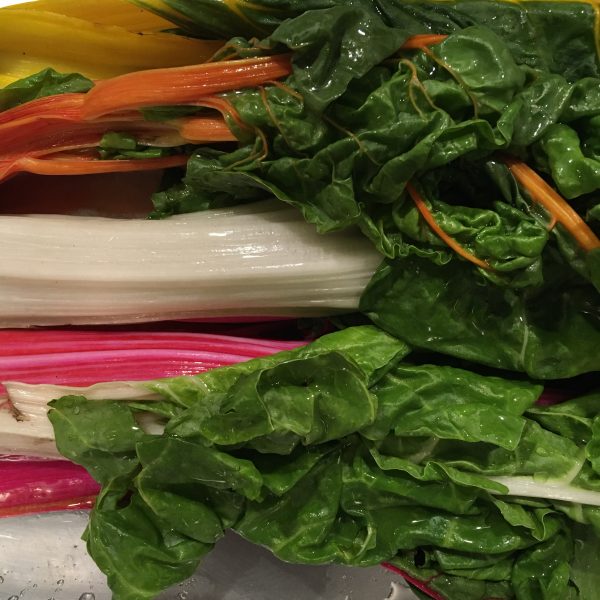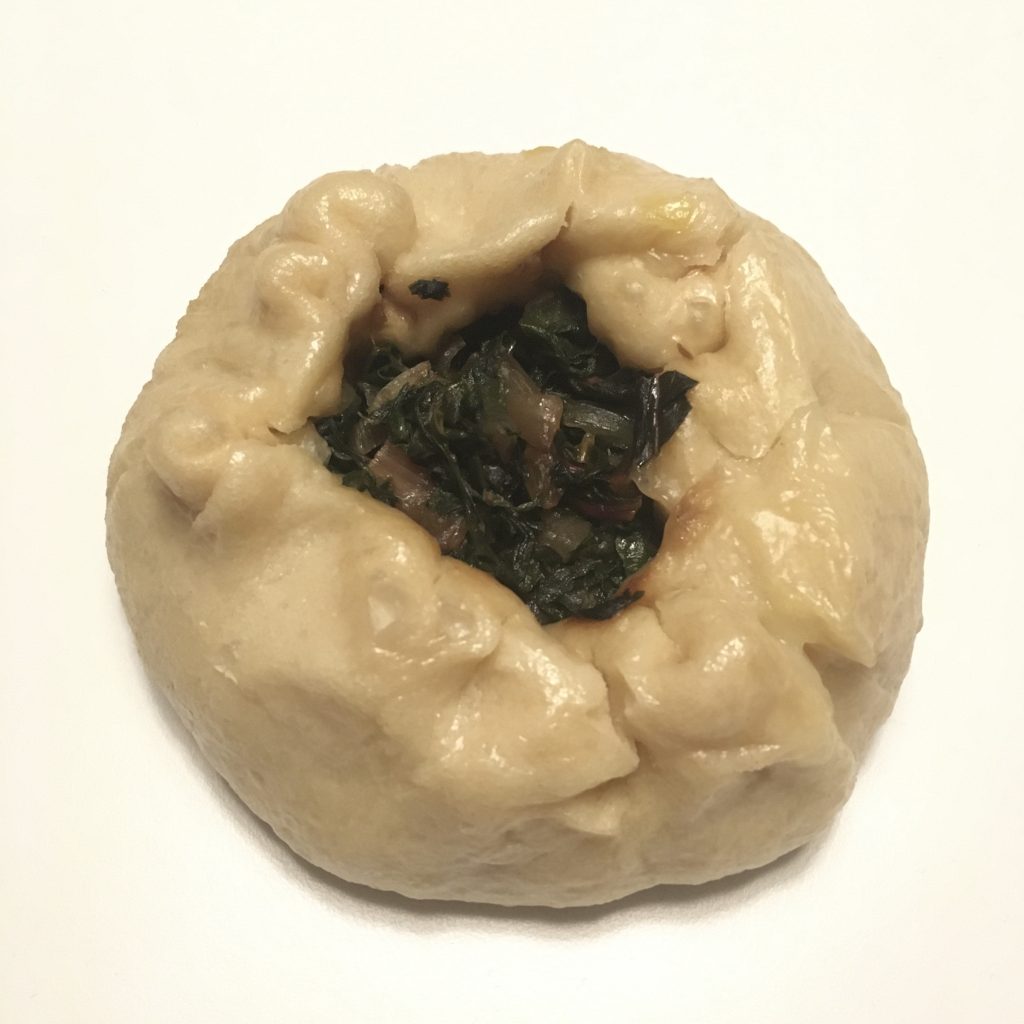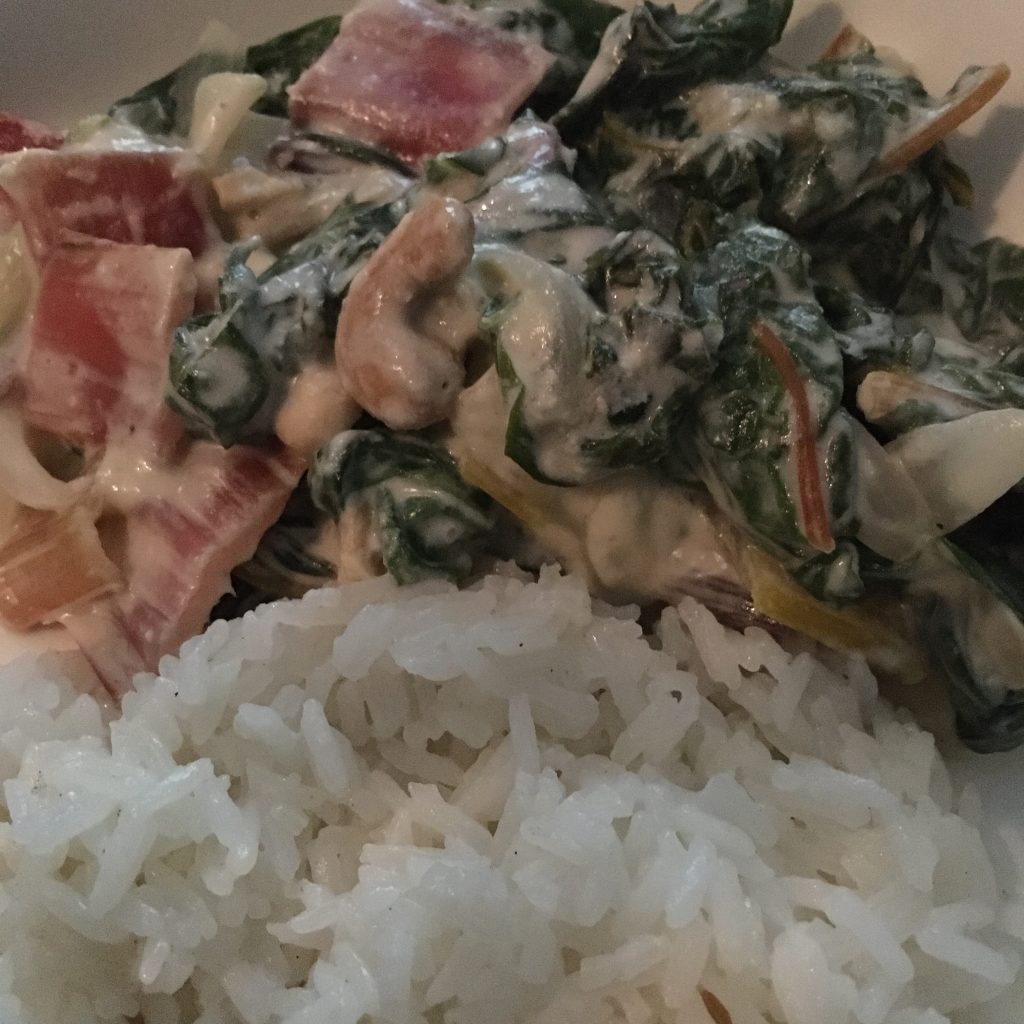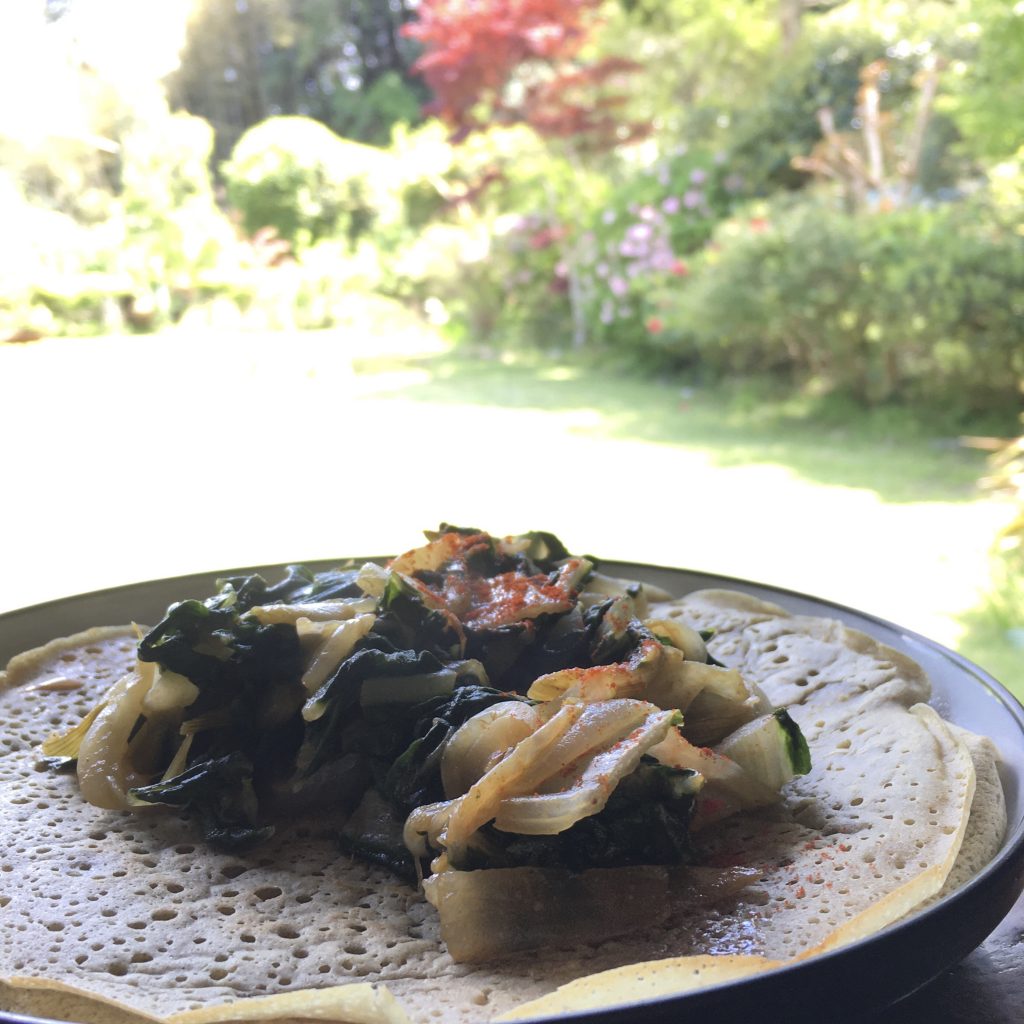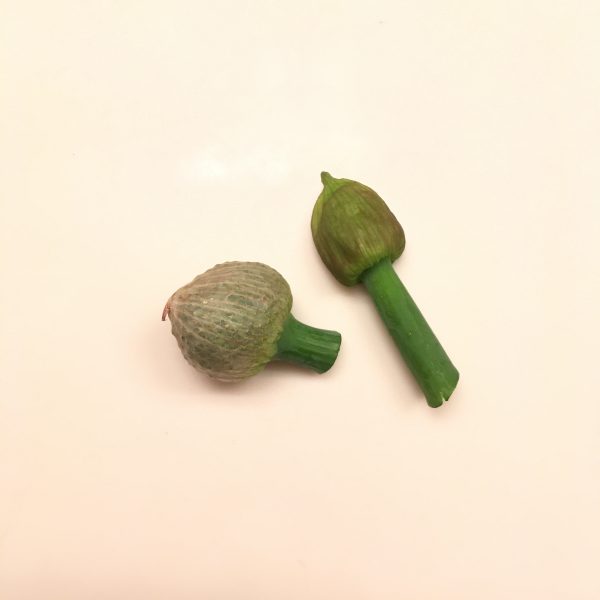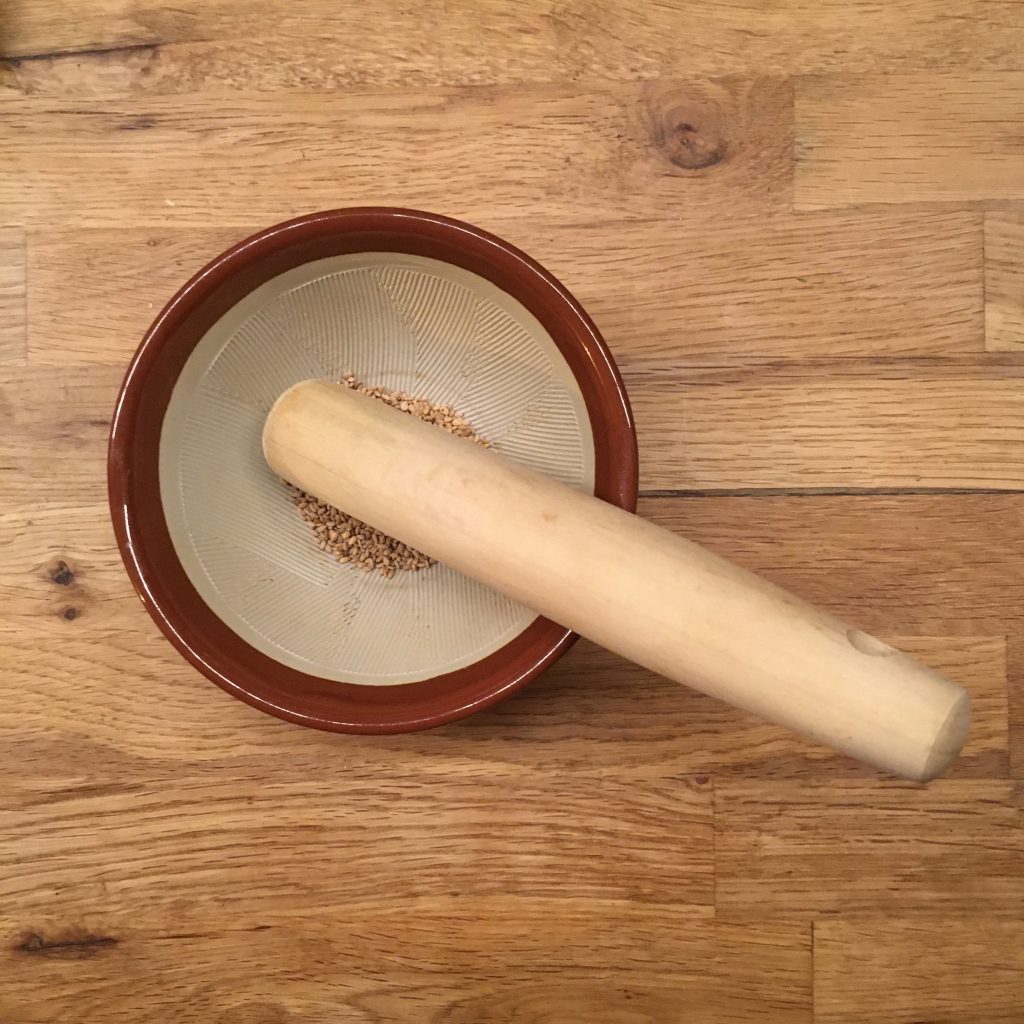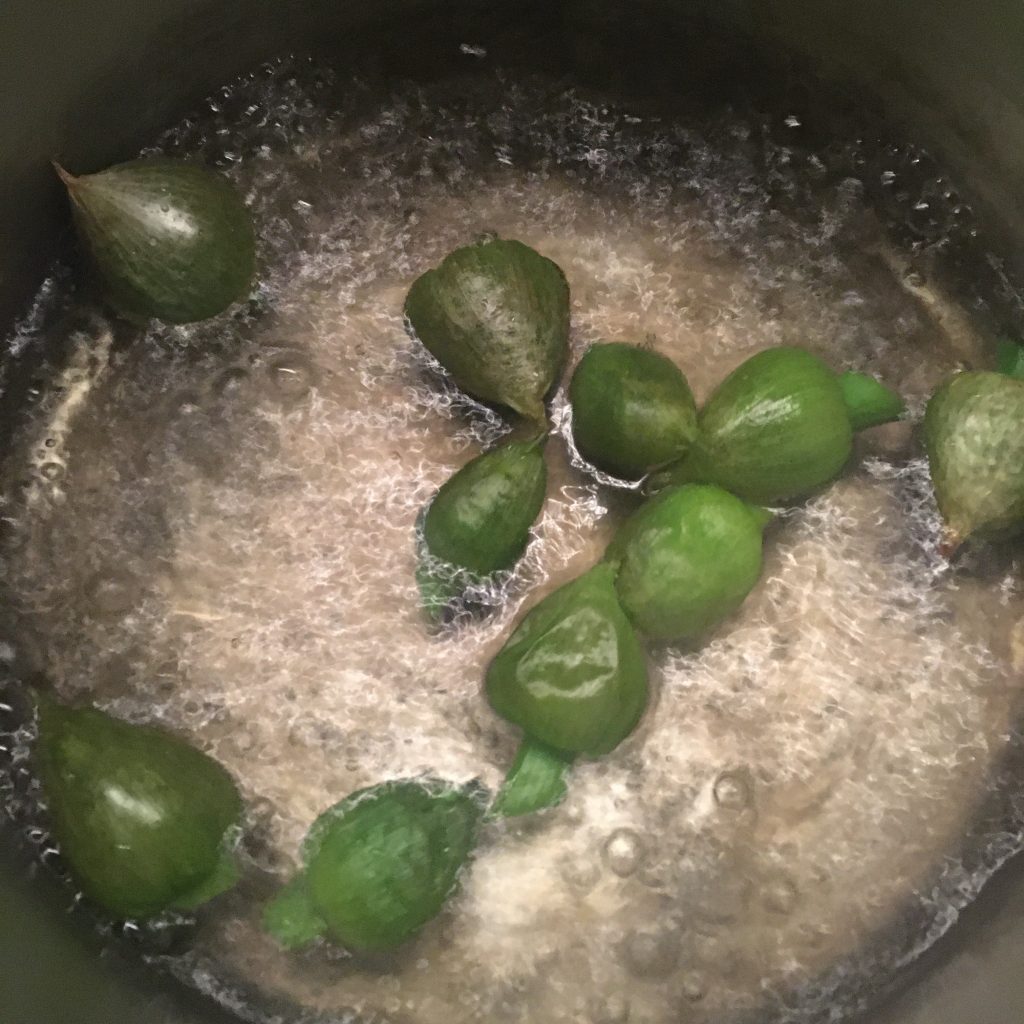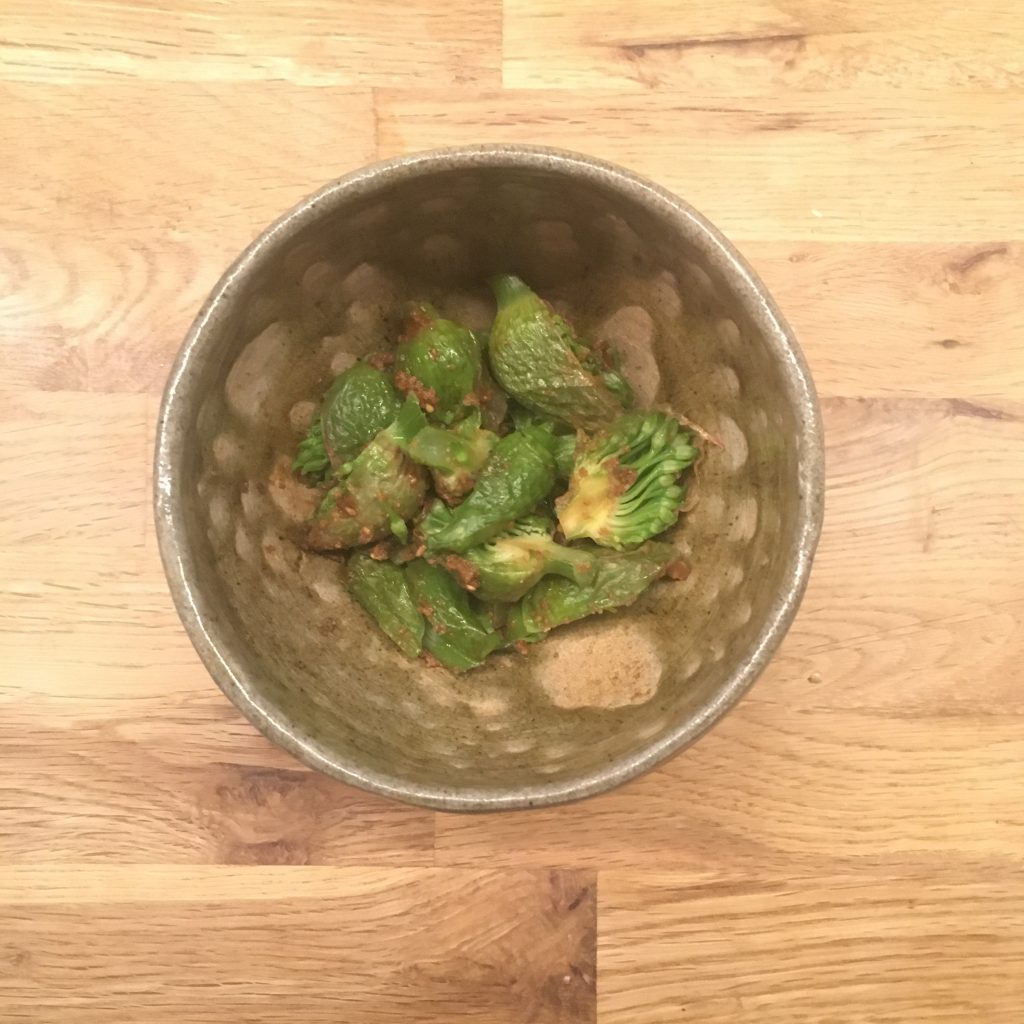When on travel, eating out for every meal has always been a problem for me. Too much food, too rich, too many ingredients, too much preparation, too far… not enough simple food, not enough traceability… there are so many reasons why I love homemade food… I have been used now for a long long time to making my own food even with the simplest ustensiles and in the most rudimentary kitchens, but for long stays cooking with a kettle, a plate and a knife used for eating, that would be a little too constraining. So when we decided to travel to Paris I had one strong requirement: our hotel room should have a kitchen. We found a place that checked all the boxes finally: the Majestic hotel. The kitchen wasn’t even tiny, with a great opening on the terrace, but minimally equipped: a frypan and a pan. I bought a kitchen knife, a wooden spoon and a bottle of olive oil, and I was ready to cook for 10 days. I need nothing more than that.
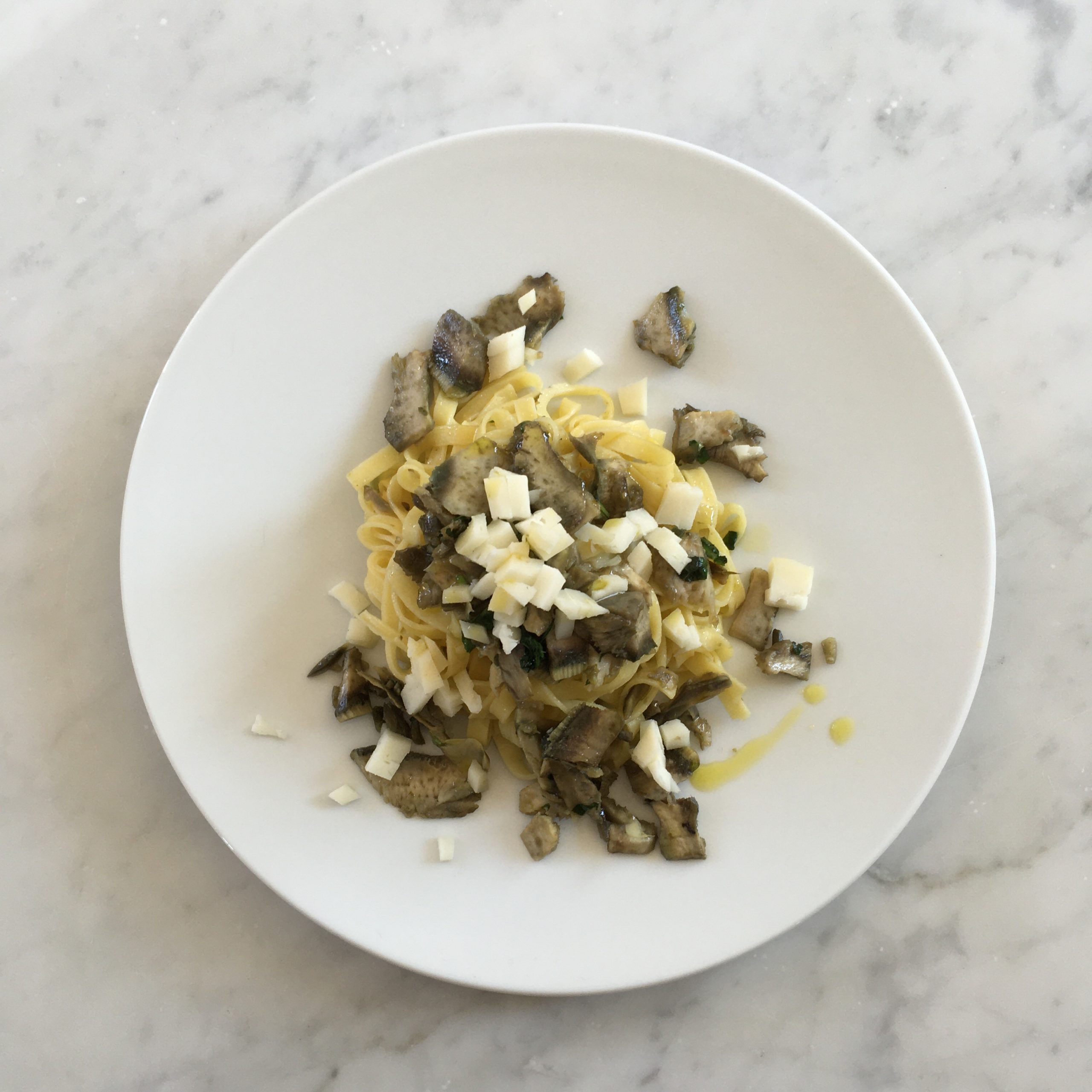
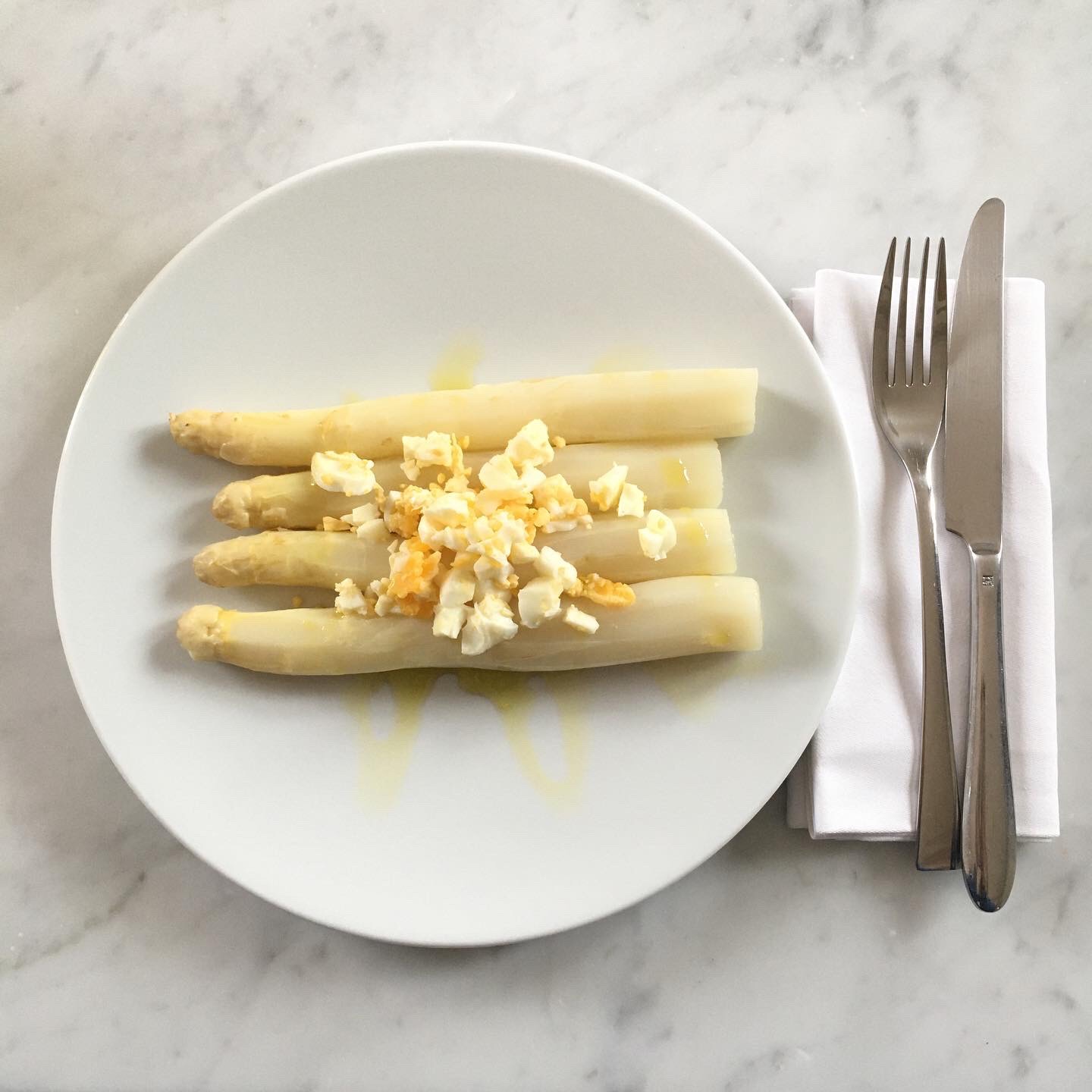
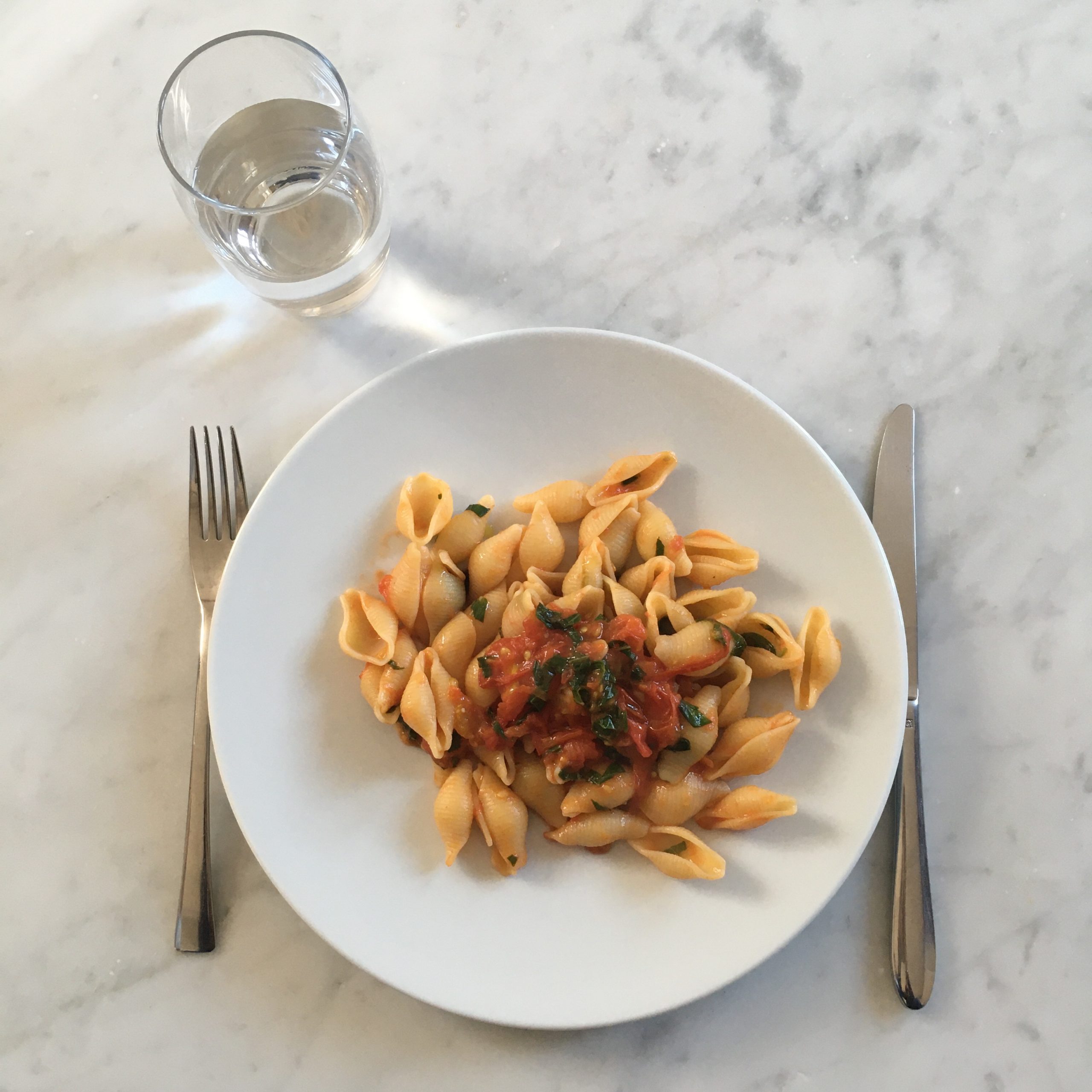

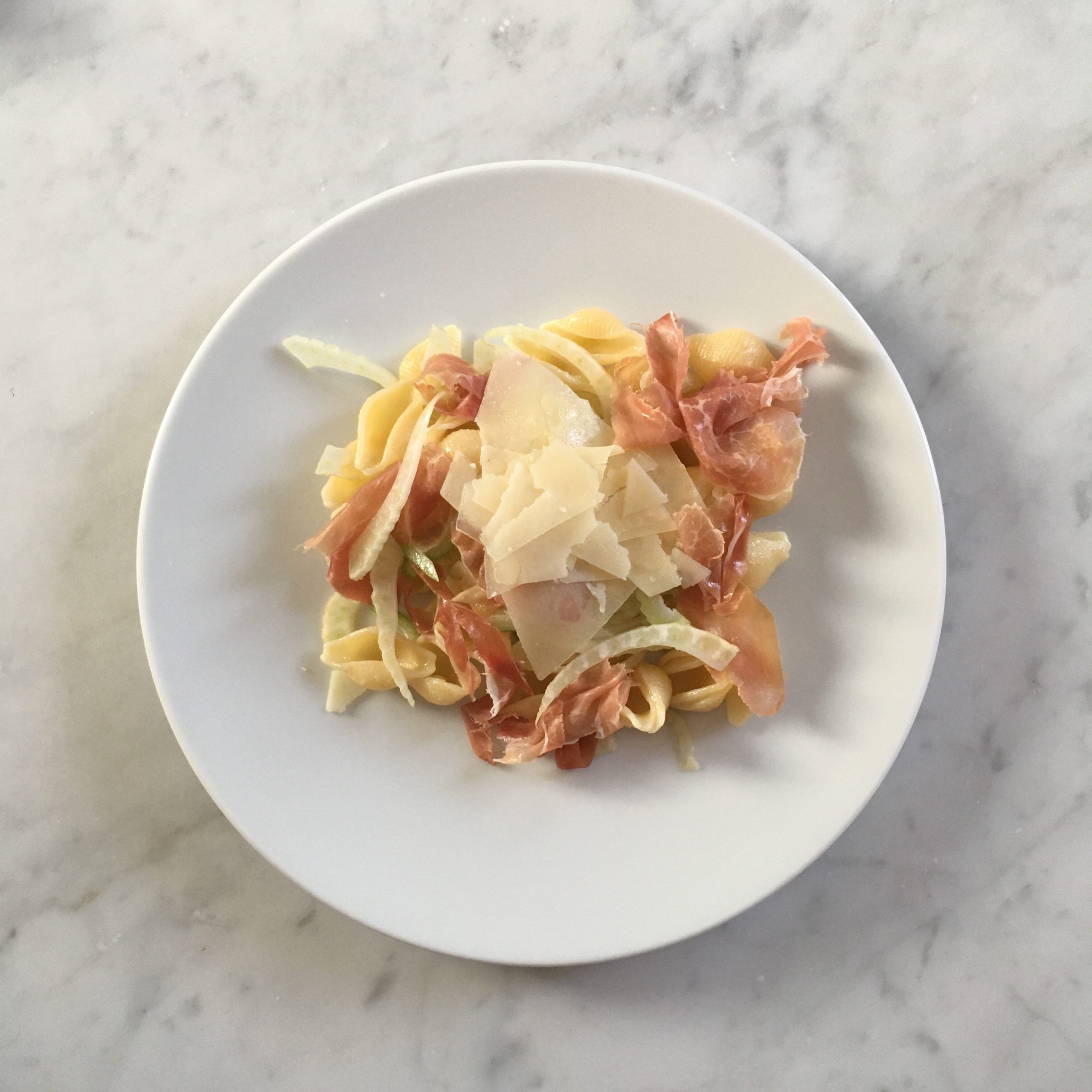
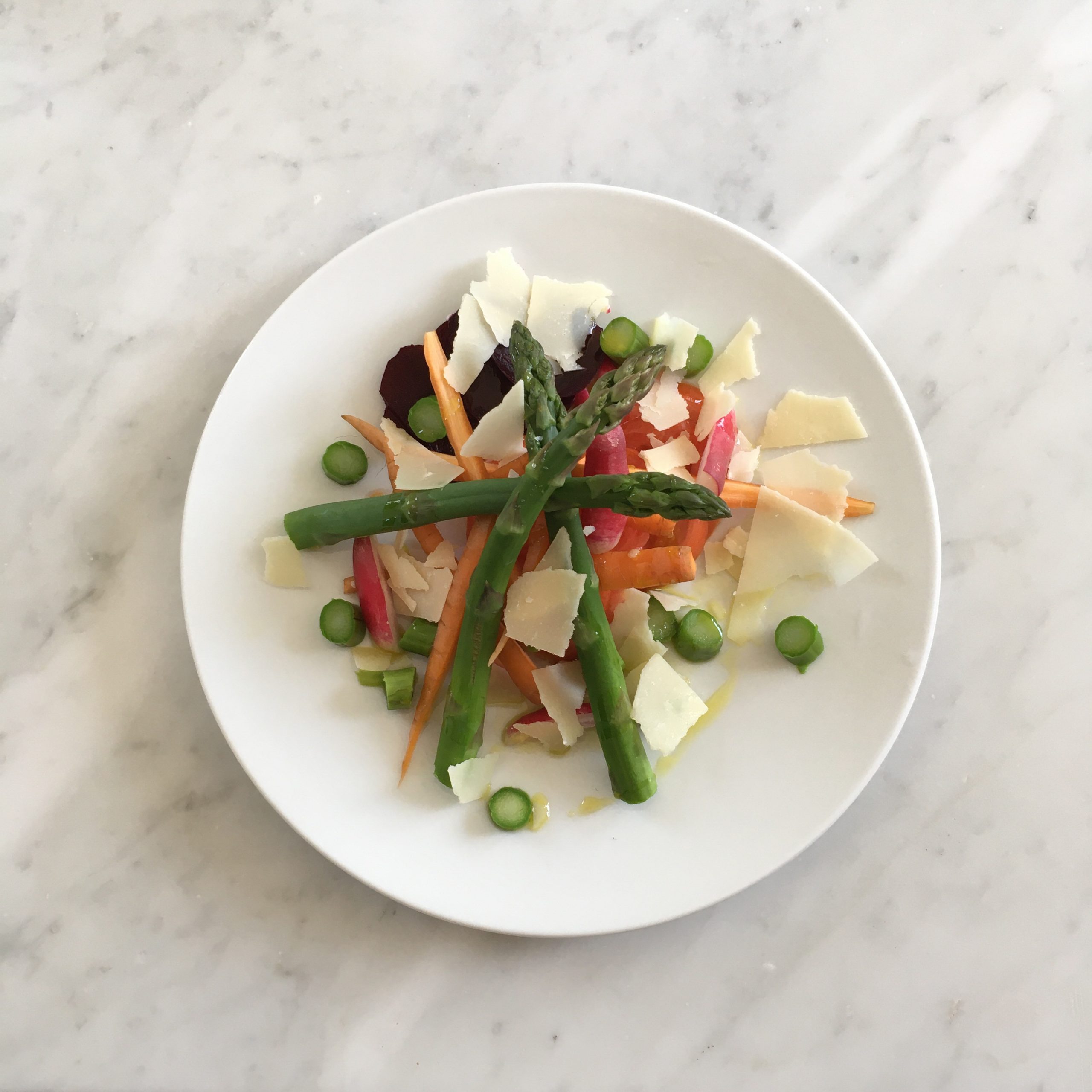
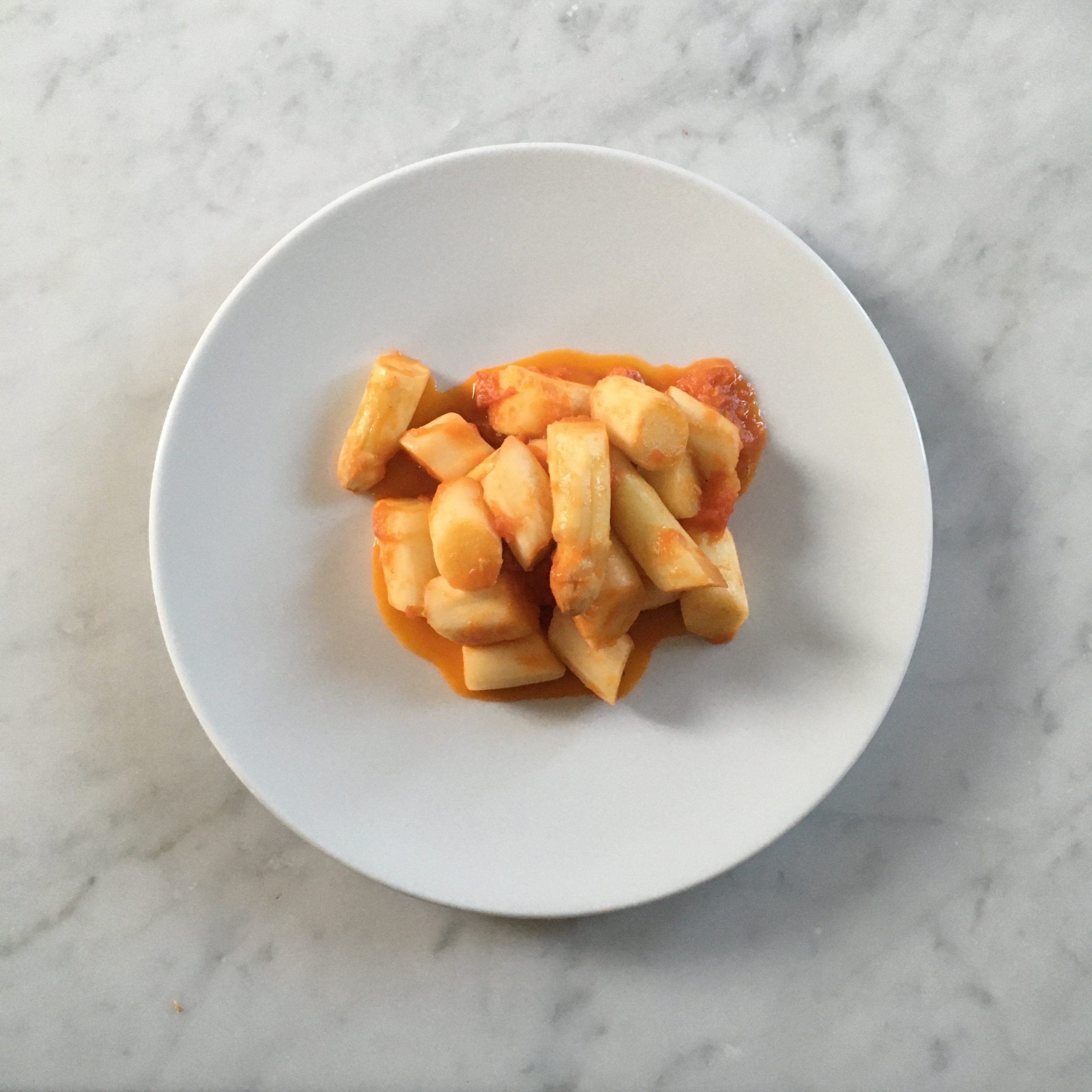
The farmers market down the street on President Wilson Avenue on Wednesdays and Saturdays provided us with all the basic, local and seasonal ingredients we would need. The fish mongers, the cheeses and the organic stalls are really great. For breads there is also a nice stall. You can also find there beautiful flowers, kitchen knives, and a few Italian food stalls, perfect for ravioli and others stuffed pasta. We didn’t test the meat stalls, as I barely cook meat, but there are a few with a nice selection.
May in France is the season for strawberries, the very first cherries, green peas, asparagus, artichokes, new potatoes, new carrots etc… I focused my shopping on products I would usually not eat in Japan. Artichokes and white asparagus definitely were on the top of my list.
Nearby you can also find one of the trending patissier-boulanger shop: Cyril Lignac, which is the first one to open in the area: 7:00AM. With the jet-lag it’s almost too late, but we could manage to postpone breakfast until then and eat fresh pastries for breakfast. I would particularly recommend their pain aux raisins. Extremely delicious.

As a result, I tested some classic recipes and also created a super simple white asparagus recipe that I’d like to share with you.
White asparagus in tomato sauce
- 5 white asparagus/person
- 2 ripe and large tomatoes/person
- 1tbs of olive oil
- A pinch of salt and pepper
Wash and peel the asparagus. Cut in 3cm long chunks. Blanche them. Drain, let cool down and pat dry. In a pan add the olive oil and the diced tomatoes. Cook until it has reduced enough and it becomes a thick tomato sauce. add the cooked asparagus. Stir well and serve. That’s it!!!

